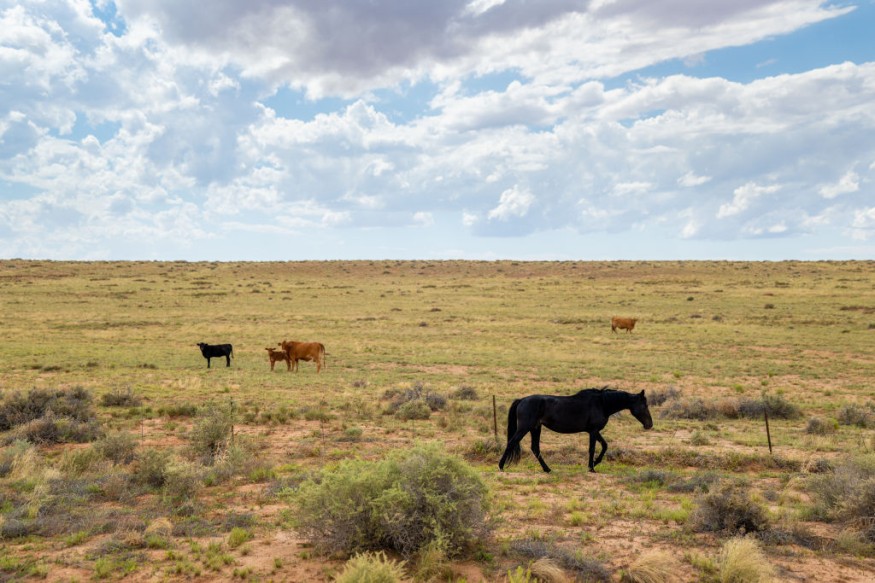Through a meta-analysis of data from prior studies, a group of Canadian, Polish, American, and anthropologists determined that gay behavior is significantly more widespread in other animals than previously thought.

Homosexual Behavior
Due to a lack of data, the biology community has long embraced the theory that homosexuality is less common in animals than in humans. The goal of this new study was to determine the validity of these presumptions.
At least 65 studies on the behavior of various animal species-mostly mammals, including rats, racoons, elephants, squirrels, and monkeys-were examined for this project.
Although only 46% of the studies had data on homosexual behavior, the researchers found that 76% of the studies mentioned observations of homosexual behavior. Of those who had mentioned homosexual behavior in their papers, only 18.5% had concentrated their efforts to the point of publishing work with homosexuality as its primary topic.
They pointed out that mounting, intromission, and oral contact are examples of homosexual behavior seen in other species, and that researchers who classified as LGBTQ+ had no greater or lower likelihood of researching the subject than other researchers.
According to the study, there has been little research on homosexuality in other animals due to the biological community's reluctance to explore it. They go on to say that part of the hesitation has been caused by the idea that this kind of conduct is too uncommon to be worth more research.
The research team said that homosexuality is significantly more common in the animal kingdom than has previously been thought. They also contend that additional research is needed to debunk the notion of gay behavior in other animals.
Underreported
Josh Davis, the author of "A Little Gay Natural History" and a science writer for the Natural History Museum in London, says he was "quite excited" to have the facts to support these numbers, even though he was not surprised by the study's conclusions.
"Homosexual behavior has been officially recorded for around 1,500 species of animals, but I think for a long time most people have suspected that this is most likely a huge underestimate. Because it's found in almost every branch of the evolutionary tree, from beetles and butterflies to lizards and squirrels," he added.
Davis added that there have been other barriers that prevent the documentation of same-sex behaviors among animals, despite the authors' hypothesis that discomfort or socio-political reasons might be a factor in the underreporting of same-sex sexual behaviors. Rather the responders informed the authors that it could be because their lab's research on these sexual activities was not a high priority or that they were unusual.
The majority of their observations would be regarded as "anecdotal" rather than the product of systematic study, which might discourage scientific journals from publishing their findings.
Though things have improved over time, he noted that in the past, researchers undoubtedly worried that if they published about these behaviors, they would thereafter be linked to those behaviors.
Researchers face additional difficulties because it's not always obvious which species of animal is having sex when they see them engage in sexual activity. It is assumed that at the moment they are witnessing it, they are looking at a male and a female.
© 2025 NatureWorldNews.com All rights reserved. Do not reproduce without permission.





